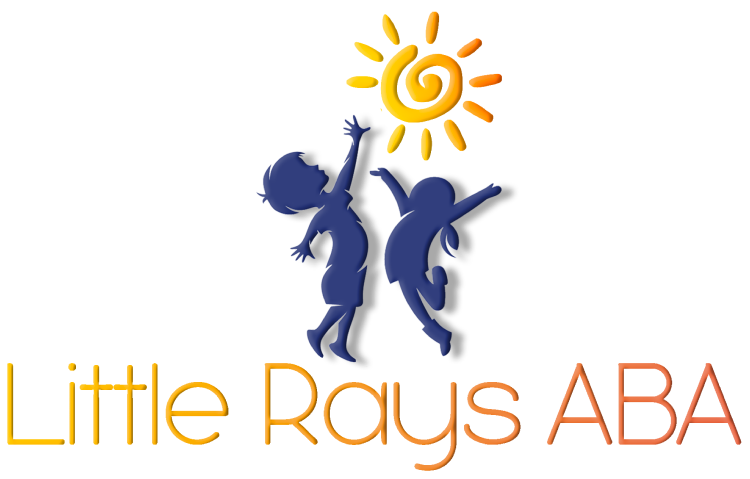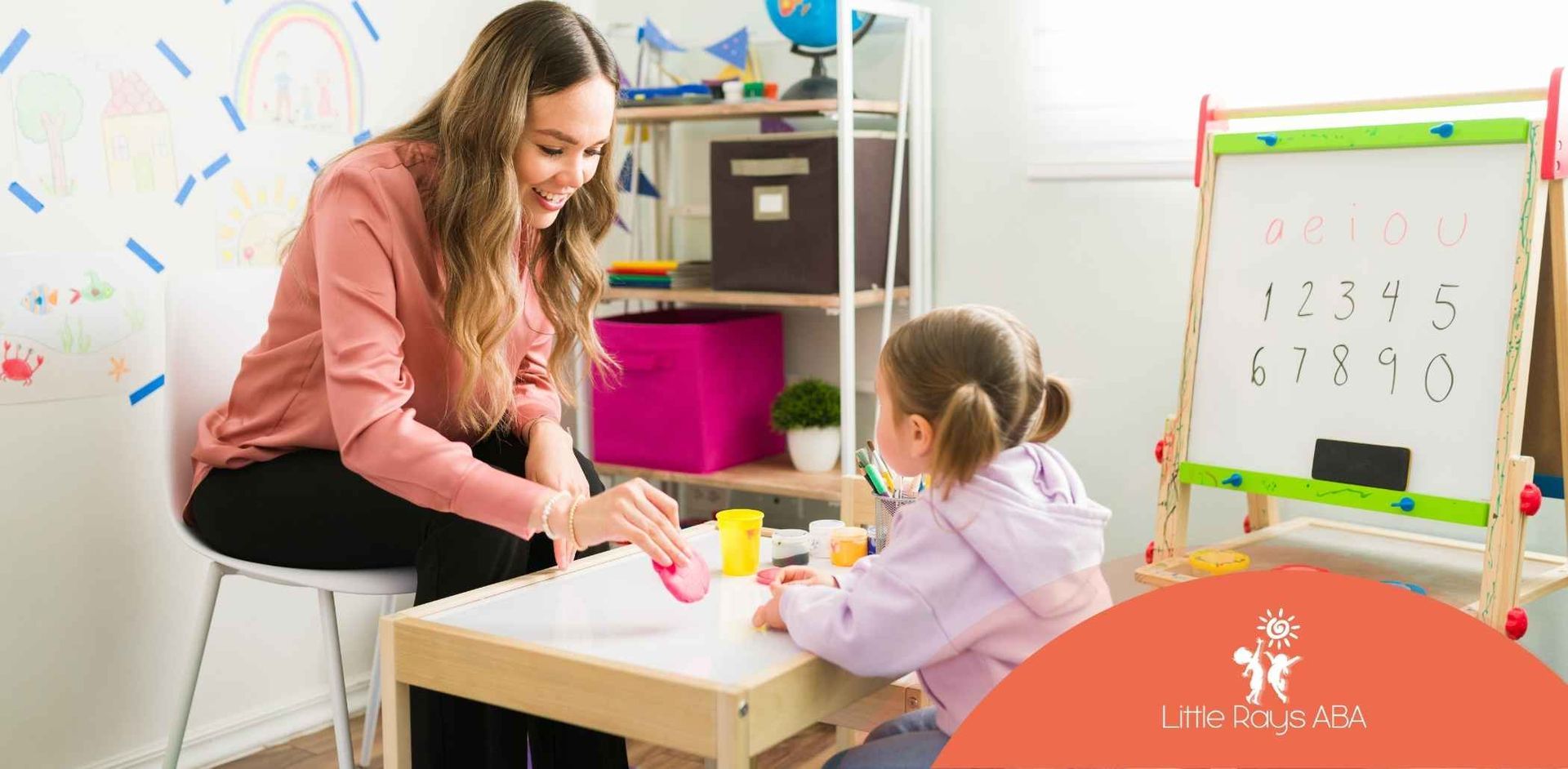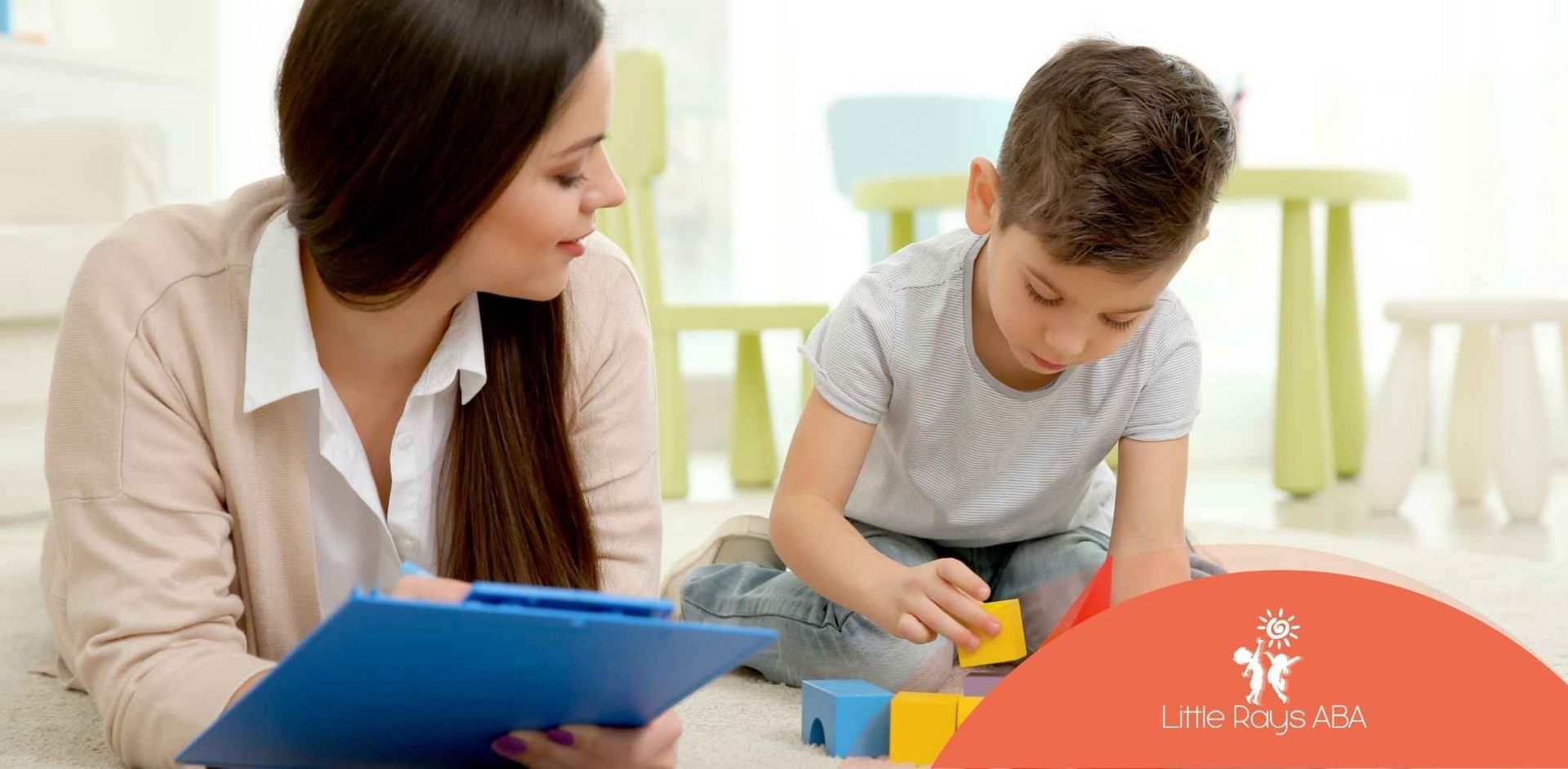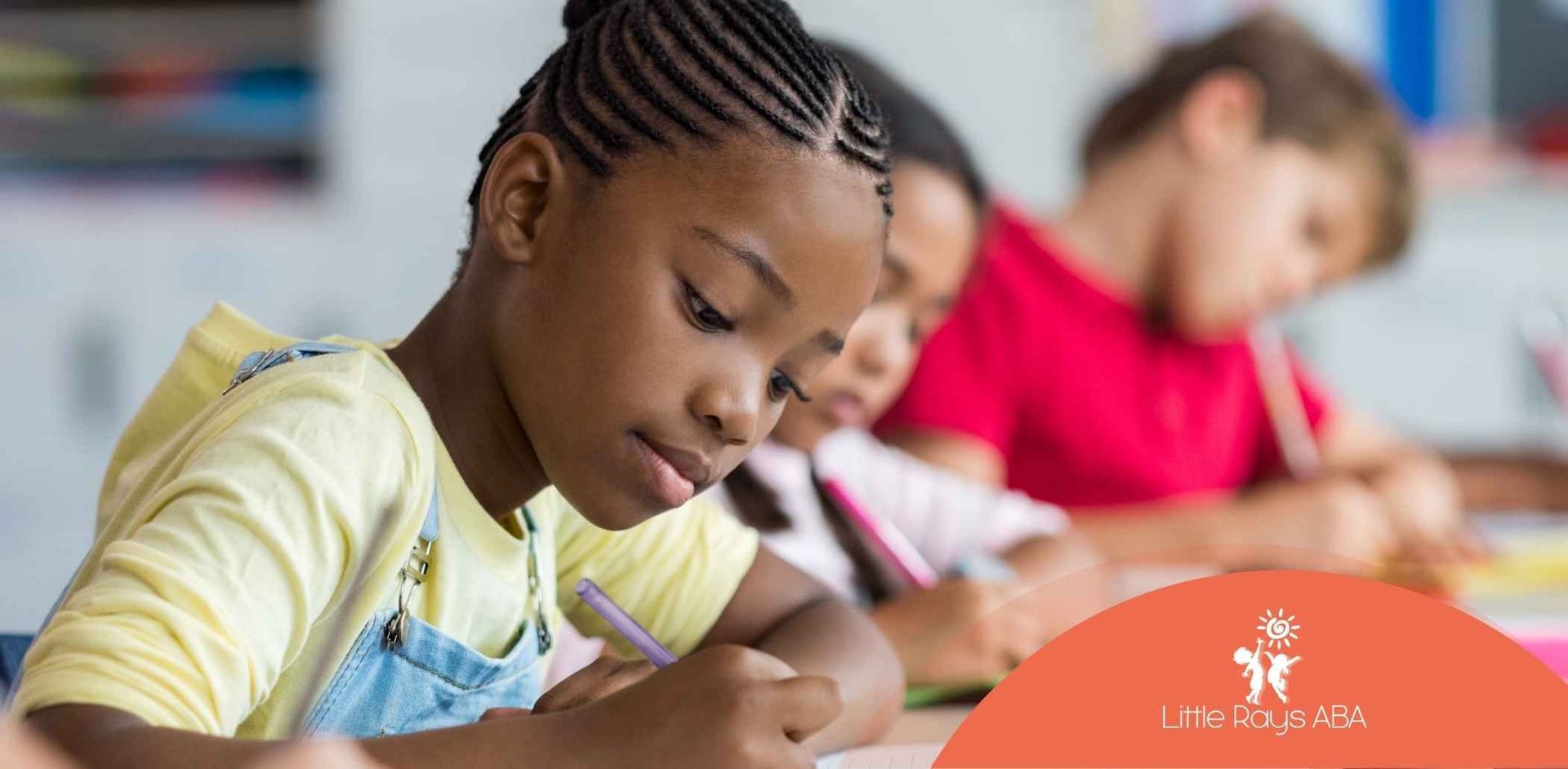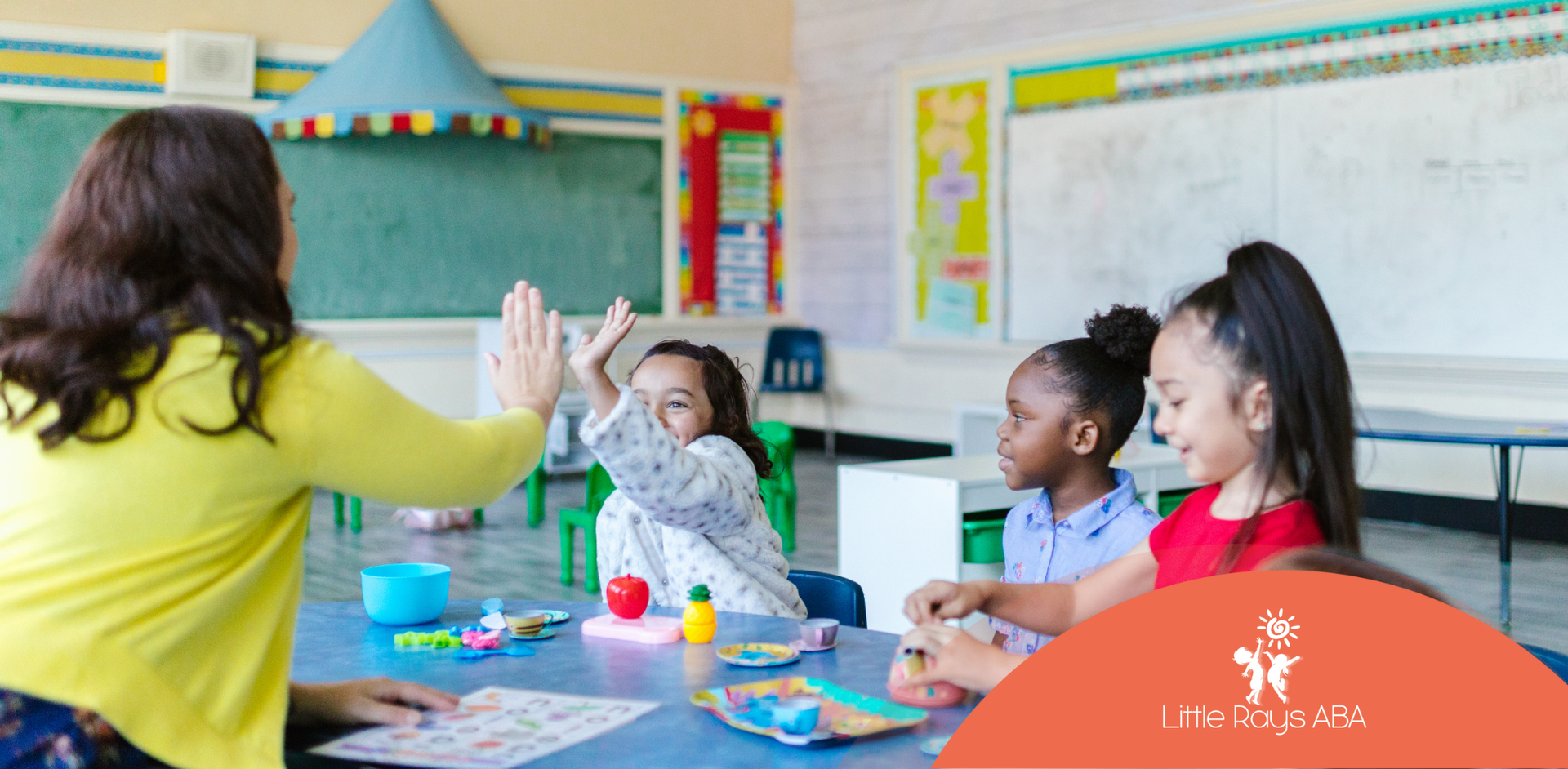
Behavior Intervention Plan Example: A Practical Guide
Are you trying to find a good way to handle a student’s behavior? If there is a problem behavior that keeps getting in the way of learning, it can help to use a well-planned method. A behavior intervention plan (BIP) gives you a step-by-step guide written down to deal with these problems. The plan is made to help manage tough actions, teach the student, and reward them for doing something good. In this guide, you will find some real examples and simple steps. These will show you how to make, use, and check a BIP. Using a behavior intervention plan can help students do better in school by dealing with problem behavior the right way.
What Is a Behavior Intervention Plan (BIP)?
A behavior intervention plan, or BIP, is a step-by-step guide made to help a student change a certain problem behavior. This plan is important in special education and school support. A BIP is not about punishment. It is about learning why the student acts a certain way, which people call the function of the behavior.
This helpful plan gives you ways and help to show the student better actions to meet their needs. The behavior intervention plan tries to stop the unwanted behavior and make good behavior more likely. It does this by using quick, focused steps, not just normal rules or letting things go.
In the next few parts, you will learn more about what a behavior intervention plan does and how it helps us all in education.
Definition and Purpose of BIPs in Schools
A behavior intervention plan is a formal document. It gives a clear way to handle tough behaviors. The main purpose of a behavior intervention plan is to make a simple and useful plan to help a student learn and use good replacement behaviors. This kind of plan is very helpful for students who need more help with how they act at school.
The focus of the intervention is always to determine why the behavior is occurring. Is the student looking for attention? Are they trying to avoid doing something or trying to tell you what they need? When teachers know the real reason, they can make the right plan for the behavior and not just try to stop it without understanding it.
This method changes not only how the student acts, but also how adults in the room handle things, creating a better and more supportive learning environment. You can get examples and sometimes find templates to download from school websites or from your school district to help you get started with making a behavior intervention plan.
Importance of BIPs in Special Education
In special education, a behavior intervention plan is very important for giving support that fits each student. The plan helps students who have disabilities and may sometimes show behavior that makes school or social life harder. A behavior intervention plan makes sure these behaviors are handled in a way that is careful and kind way. It is not meant to punish students. This plan helps make the classroom a place where everyone can learn well.
Making a behavior intervention plan is something the whole team does together. The team could be teachers, parents, therapists, and the student. When all team members and stakeholders work together, they make sure to follow the plan in different settings, like the school or home. All of them need to talk and share how things go to make the plan work.
A big part of why a behavior intervention plan matters is the way the team collects data and checks if the BIP is working well. They look at information often to see if the student’s behavior is getting better. By looking at how things go, they can change the plan if needed. This way, the behavior intervention keeps helping the student in the best way, both now and in the future.
Essential Components of an Effective Behavior Intervention Plan
To make sure the behavior intervention plan works well, it should have a few important parts. This plan works like a guide for all the team members. It shows what everyone needs to do to help the student. These different parts of the BIP work together to build a strong and careful approach that uses facts and data.
The main things you need in a behavior intervention plan are a clear way to explain the behavior, an understanding of why it happens, goals that can be measured, and clear steps for behavior intervention. When you set out these parts, your plan will be easy for the team members to use and easy to keep track of to see if the BIP works.
Let’s look a bit closer at some of the important things that go into an effective BIP.
Identifying Target Behaviors
The first thing to do when you make a BIP is to pick the target behavior you want to change. You need to describe this problem behavior clearly and simply. Make sure anyone can spot it when they see it. For example, instead of saying a student is "disruptive," you should say "shouting out answers without raising a hand." Then, start with data collection to set a baseline. This shows you how often the problem behavior happens right now.
It is also important to know what comes before the action. These things are called antecedents. They are what happens right before the problem behavior. Does the problem behavior happen during a certain lesson or when the student is with certain people? Writing down these details will help you understand why the target behavior takes place.
Common target behaviors in a BIP include:
- Aggressive actions like hitting or kicking
- Disruptive classroom behavior, such as yelling
- Elopement, or running away from a designated area
- Non-compliance with teacher requests
Setting Measurable Goals and Objectives
Once you know the target behavior, the next step is to set clear behavioral goals. A good plan uses goals that are easy to measure and track. The goals need to be specific, possible, important, and have a time limit. For example, one goal could be, "The student will use words to ask for a break 4 out of 5 times instead of running out of the classroom." This tells you what you want to see and is easier to understand than just saying, "behave better."
These goals should start from the baseline you found before. If the student now shouts ten times in each class, it may be best to make the first goal to get this number down to five. This slow change helps people stick with it, and you can use positive reinforcement when they hit the goal. Using ABA and its rules helps break large goals down, so you can work on small steps one by one.
The goal needs to give the new behavior you want to teach. Ask yourself: what do you want the student to do instead? Showing and rewarding this new skill is what drives change. The goal is not only to stop bad actions but to build a good habit in their place.
Steps to Create a Behavior Intervention Plan
Making a good behavior intervention plan takes a few clear steps. The team members work together, and they focus on what the student needs. You start by looking closely at the student's behavior. You want the behavior intervention plan to match the student's needs. This means you use all the team members when you look at the problem.
First, you collect information about the student's behavior. Next, your team members use what they find to pick the best ways to help. When you work on behavior intervention, you do steps one at a time. You make sure you know why the student does what they do. You keep checking if the plan still works after you start.
Below, you can find the main steps for making a good assessment and picking helpful supports.
Conducting Functional Behavior Assessments (FBA)
A Functional Behavior Assessment (FBA) is the first step in Applied Behavior Analysis (ABA). The team uses this process to learn why a student shows problem behavior. With an FBA, they figure out if the student does the behavior to get something, like attention, or to get away from something, like a hard job.
To do a good FBA, the team needs to collect data in a few ways. Based on Supportive Care ABA, here are the main ways they do this:
- Direct Observation: The team watches the student in different settings, like in the classroom or on the playground. They look for where, when, and how the problem behavior happens.
- Interviews: The team talks to people who know the student well. This can be the student, teachers, parents, and other adults that the student sees a lot.
- Review of Records: They also look at paperwork, like grades and reports about discipline. This helps them spot patterns in how and when the behavior shows up.
This full assessment gives people what they need to build a BIP, or behavior intervention plan, that fixes the real cause of the problem behavior—not just what can be seen on the surface.
Selecting Appropriate Interventions and Supports
After you do the FBA and find out why the problem behavior happens, the team can pick the right support and intervention. The strategies you choose need to work well and match what you learned from the FBA. The main goal is to help the student learn a better replacement behavior. This new behavior should serve the same purpose as the problem behavior.
The team should think about different types of interventions. One strong way is positive reinforcement. It means you reward good behaviors, and this can really help. Another method is differential reinforcement. This means you give reinforcement only to an alternative behavior and not to the problem behavior. Getting ideas from all stakeholders is also important. This helps you pick plans that people can really use.
Here are some examples of interventions used in BIPs:
- Positive Reinforcement: Giving praise or rewards when the student uses the replacement behavior.
- Visual Supports: Using picture schedules or social stories to help the student see what is expected.
- Planned Breaks: Allowing set times for the student to take breaks, so they do not get too stressed.
- Token Economies: Giving students tokens for good behavior, which they can trade for some rewards.
Example: Behavior Intervention Plan for Disruptive Classroom Behaviors
Let's look at a simple behavior intervention plan example for a student with disruptive behavior, such as calling out in class. Whether you are in the Bay Area or Baltimore, the principles remain the same. The plan should be clear, concise, and easy for all team members to follow. The goal is to reduce the disruptive behavior by teaching an alternative. This example shows how to connect the behavior's function to a specific intervention.
Here is a simplified plan for a student who calls out to gain peer attention.
| Component | Description |
|---|---|
| Student Name | Alex |
| Target Behavior | Calling out answers or comments during instruction without raising a hand. |
| Function | To gain attention from peers. |
| Replacement Behavior | Raise your hand and wait to be called on before speaking. |
| Intervention Strategy | Provide positive reinforcement (verbal praise, points on a chart) each time Alex raises his hand. The teacher and peers will ignore call-outs. |
| Monitoring Plan | The teacher will track the frequency of call-outs and hand-raising daily. |
The following sections will provide a more detailed template and discuss how to customize plans for different needs.
Sample BIP Template and Structure
A good BIP template provides a clear structure for organizing all the necessary information. Using a consistent format ensures that no critical components are missed and that all team members can easily understand the plan. You can find many downloadable examples and templates from educational websites, but they generally follow a similar structure.
The BIP template should serve as a blueprint for action. It details the student's goal, the specific strategies to be used, and how progress will be measured through data collection. It also identifies who is responsible for each part of the implementation.
Here is a basic structure you might find in a BIP template:
| Section | Content |
|---|---|
| Student Information | Name, Date, Team Members |
| Target Behavior | A specific, observable, and measurable definition of the problem behavior. |
| Functional Assessment Summary | Hypothesis about the function of the behavior (e.g., to get attention, avoid work). |
| Behavioral Goal | A SMART goal outlining the desired replacement behavior. |
| Intervention Strategies | Proactive strategies (what to do before) and reactive strategies (what to do after). |
| Data Collection Plan | How, when, and by whom data will be collected to monitor progress. |
| Review Date | When will the team meet again to review the plan's effectiveness? |
Customizing BIPs by Age or Disability Type
A behavior intervention plan is not the same for everyone. You have to make the treatment plan based on the student's age, how their mind works, and the type of disability they have. For example, what works for a small child with autism in Baltimore may not help a teen with emotional problems in the Bay Area.
Younger students often do better with visual aids, small rewards, and learning through play. The plan focuses on teaching basic social skills in a clear way. For older students, the behavior intervention plan might use self-management tips, talk about goals, and rewards matched to what they like, such as free time or extra choices.
Key things to think about when making a BIP:
- Developmental Level: Pick replacement behavior and ways to help that match the student's age.
- Disability Type: Make sure the plan includes their main problems. This could be things like sensory issues for a child with autism.
- Student Preferences: Letting the student choose some rewards or ways to help can make them more likely to try and keep at it.
The behavior intervention needs to fit the student, whether they live in Baltimore or the Bay Area. The right treatment plan can help all types of students have a better day.
Implementing and Monitoring the BIP
After the BIP is ready, the next important step is to put the plan into action and keep an eye on how it works. The plan will only help if team members use it in a regular way. It is important to start the BIP as soon as it is finished, especially if a student's actions are having a big effect on their learning.
Keeping track of how well the BIP works is possible with regular checking and ongoing assessment. The team needs to collect data in a clear way to see if the student is getting closer to their goals. Using this information, team members can decide what changes, if any, should be made to help the plan work better.
Now, let’s look at how this data can be gathered and when it is a good idea to adjust the BIP.
Collecting and Analyzing Data for Progress
Consistent data collection is the only way to really see how things are changing and to know if a BIP is working. To do this, the team needs to keep track of how often, how long, and how strong the problem behavior and the replacement behavior are. The method used for data collection should be simple, so all team members can use it the same way every time.
This ongoing assessment gives clear proof of whether or not the student is getting closer to their goals. If there is no data, people might depend on feelings or single events, and that does not give the whole story of how the student is doing. Looking at this information helps the team spot patterns and know if the BIP is getting good results.
Common ways for data collection include:
- Frequency Counts: Counting how many times the problem behavior happens in a set time.
- Duration Recording: Recording how long the problem behavior goes on each time.
- Checklists or Rating Scales: Using forms to see if the student reached their daily goals, like in a Check-In/Check-Out system.
When and How to Adjust the Plan
A behavior intervention plan is not fixed. The team needs to look at it often and change it when needed. The team uses data from ongoing assessments to help make changes. If the numbers show that the student does not get better, or if the problem behavior gets worse, it’s time for their team to come back together.
It is important to hold regular review meetings with all team members and stakeholders. At these times, people can talk about the data, say what they saw, and work together to decide what needs to be done. Sometimes the BIP only needs a small change. At other times, the team looks again at the FBA to check if they were right about why the behavior happens.
Think about changing the behavior intervention plan when:
- Data shows there is no progress toward the goal after some time.
- The student has finished their goal and needs a new one.
- The intervention does not work anymore, or a new problem behavior comes up.
Conclusion
A behavior intervention plan (BIP) is important when you need to work on tough behaviors at school. You and others can clearly say what the problem behaviors are. You then set simple and clear goals for what you want to change. This helps the teacher or team give support that fits the needs of each student, especially for students with disabilities.
To make a good BIP, you first find out the real reason for the behavior. You then pick strategies that work for the student. You always watch to see if things are getting better or not. When you have a strong behavior intervention plan, schools can be better places. All kids get a real chance to do well and make progress.
At Little Rays ABA, we know that a well-crafted Behavior Intervention Plan is the cornerstone of progress. As Florida's premier ABA provider, we go far beyond a simple template, working collaboratively with your family to create a compassionate and effective plan tailored to your child's unique needs. Our expert team uses data-driven insights to understand the "why" behind behavior, focusing on teaching functional skills that lead to lasting change. We believe every child deserves a plan that empowers them to succeed. Choose Little Rays ABA for a partnership dedicated to helping your child take their "little rays" of progress toward a brighter future.
Frequently Asked Questions
What does BIP mean and where can I download example templates?
BIP means behavior intervention plan. It is a formal way to deal with student behaviors that are hard to manage. You can get examples and templates of a behavior intervention plan from many educational websites. Groups like Understood.org give these downloads, and your school district’s special education department might have them too. These behavior intervention resources can help you get started.
Sources:
https://childmind.org/article/what-is-a-behavior-intervention-plan/
https://online.regiscollege.edu/blog/behavior-intervention-definition-strategies/
https://www.navigatelifetexas.org/en/education-schools/behavior-intervention-plans-and-schools
https://www.connectncareaba.com/blog/behavior-intervention-plans-bip
https://iris.peabody.vanderbilt.edu/module/bip-elem/cresource/q2/p08/
Related Posts
